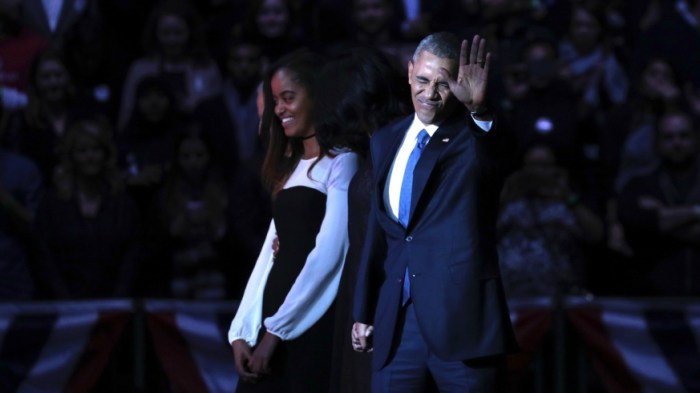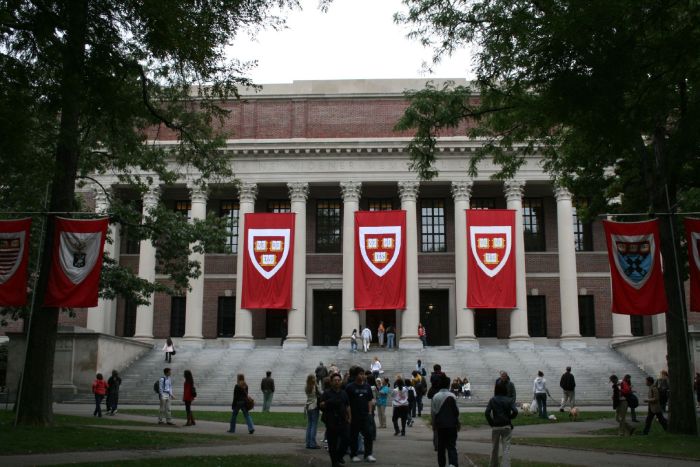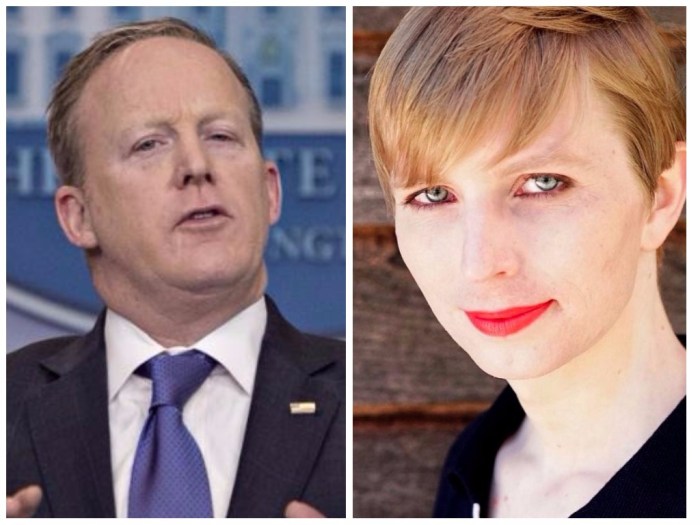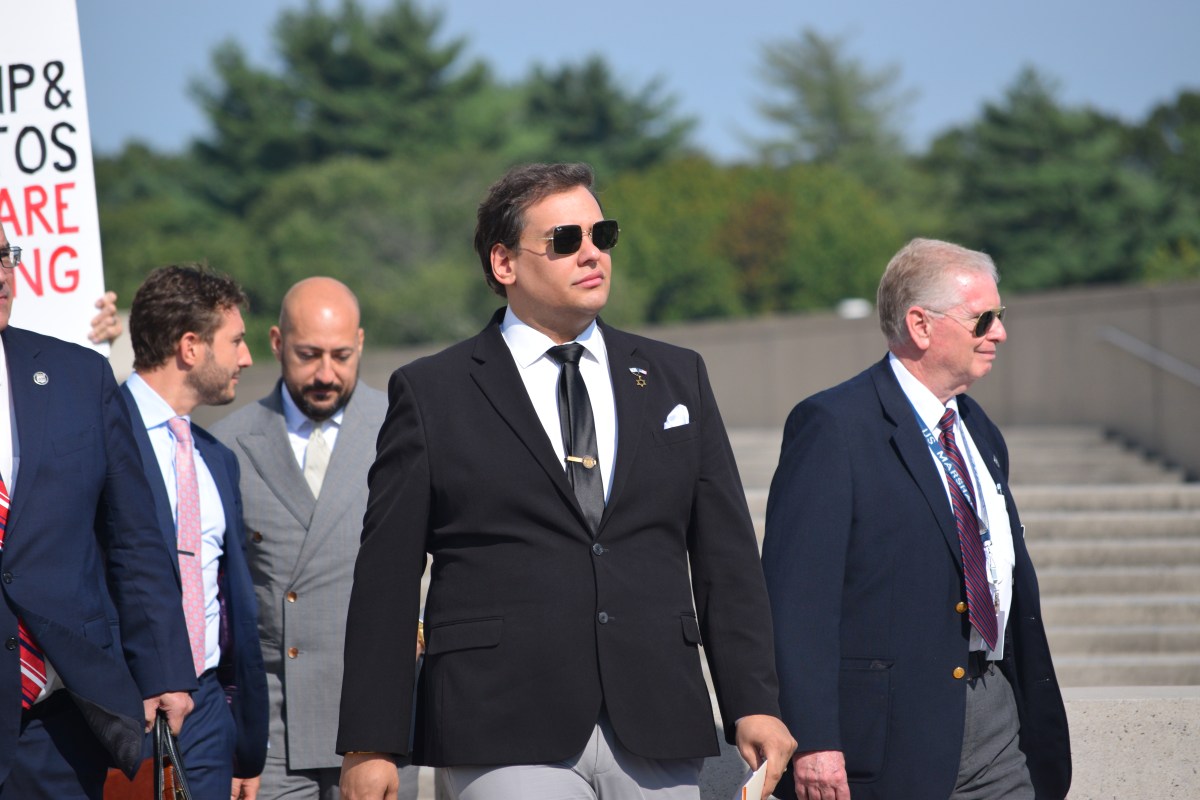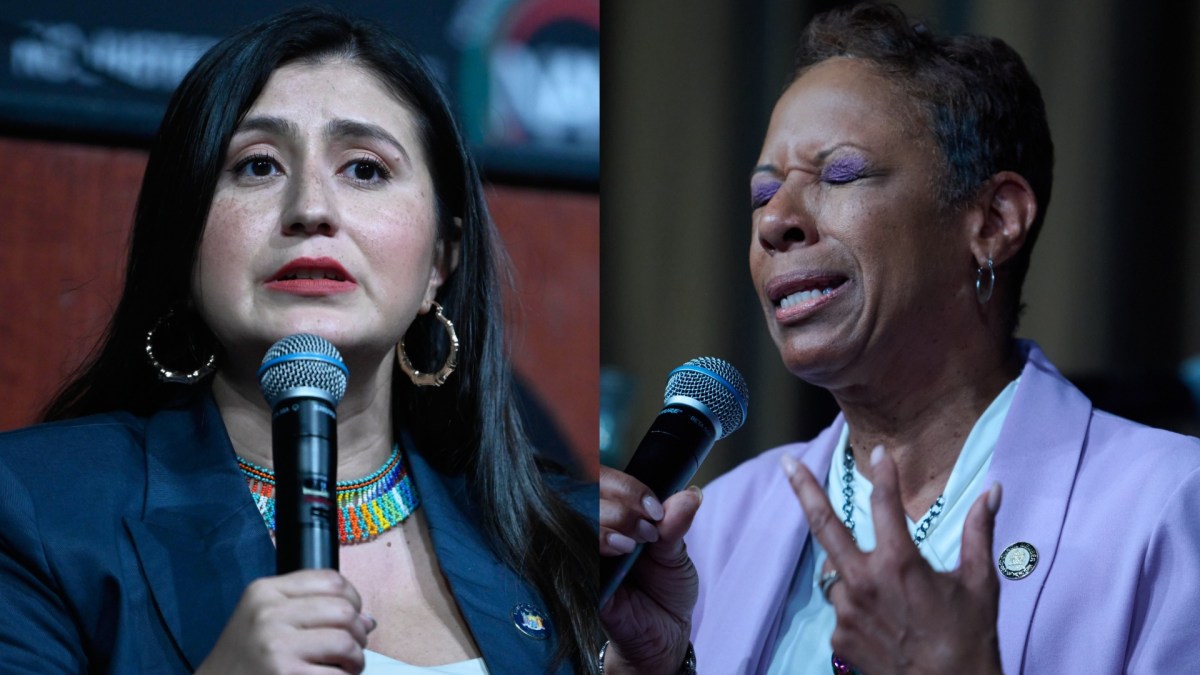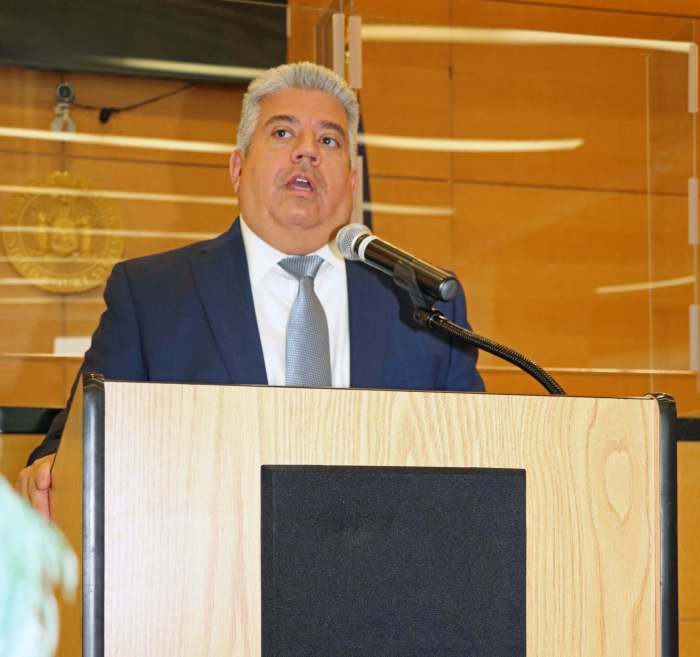Renowned for programming the obscure and unpredictable, the Harvard Film Archive (24 Quincy St., Cambridge) isn’t the kind of place you’d expect to go see one of the most popular movies of all time. But this weekend the HFA launches its Saturday Matinee series with an original 35 mm print of Steven Spielberg’s “E.T. The Extra-Terrestrial.” Once a month, they’ll be showing family classics for $5 a ticket, with upcoming attractions including “Mary Poppins” and the 101-year-old animated classic “The Adventures of Prince Achmed,” complete with live piano accompaniment.
This Saturday’s 3 p.m. screening of “E.T.” is a rare chance to see the movie projected on celluloid without the goofy digital alterations Spielberg made (and then later disparaged) to soften the film for its 2002 special edition. That’s right purists, the walkie-talkies are back to being guns this weekend.
Thirty-five years since its initial release, seeing “E.T.” on a big screen is still an overwhelming emotional experience. This is a much smaller and more personal film than its blockbuster status might suggest, inspired by an imaginary friend the filmmaker created as a child to help cope with his parents’ divorce. (So many Spielberg movies hinge upon the trauma of parental separation, just think of all the classic films we’d be denied had his folks stuck it out together!)
Melissa Mathison’s elegantly spare screenplay doesn’t burden us with exposition about the alien and his planet or even explain his supernatural abilities, instead letting the visuals do the talking. And what visuals! Arguably at the height of his powers as a showman, Spielberg plugs us directly into a child’s-eye point of view, keeping the camera four feet from the ground and allowing only one adult (Dee Wallace’s harried single mom) to be seen from the waist up for the film’s first two-thirds. It’s a suburban kid’s world of clutter, junk food and wonder, while Allen Daviau’s warm-hued cinematography infuses the commonplace with an air of the otherworldly.
The scenario is universal enough to invite all sorts of theological and philosophical interpretations over the years as to what our long-fingered, pot-bellied extra-terrestrial represents (Jesus, consumerism, et al.). But what makes the movie a masterpiece is the intensely visceral way in which Spielberg conveys these children feeling adult emotions for the first time. The film’s final image is notably not of E.T.’s departing spaceship, but rather a medium shot of Henry Thomas’ Elliott – the Lost Boy growing up and waving goodbye to Peter Pan.


